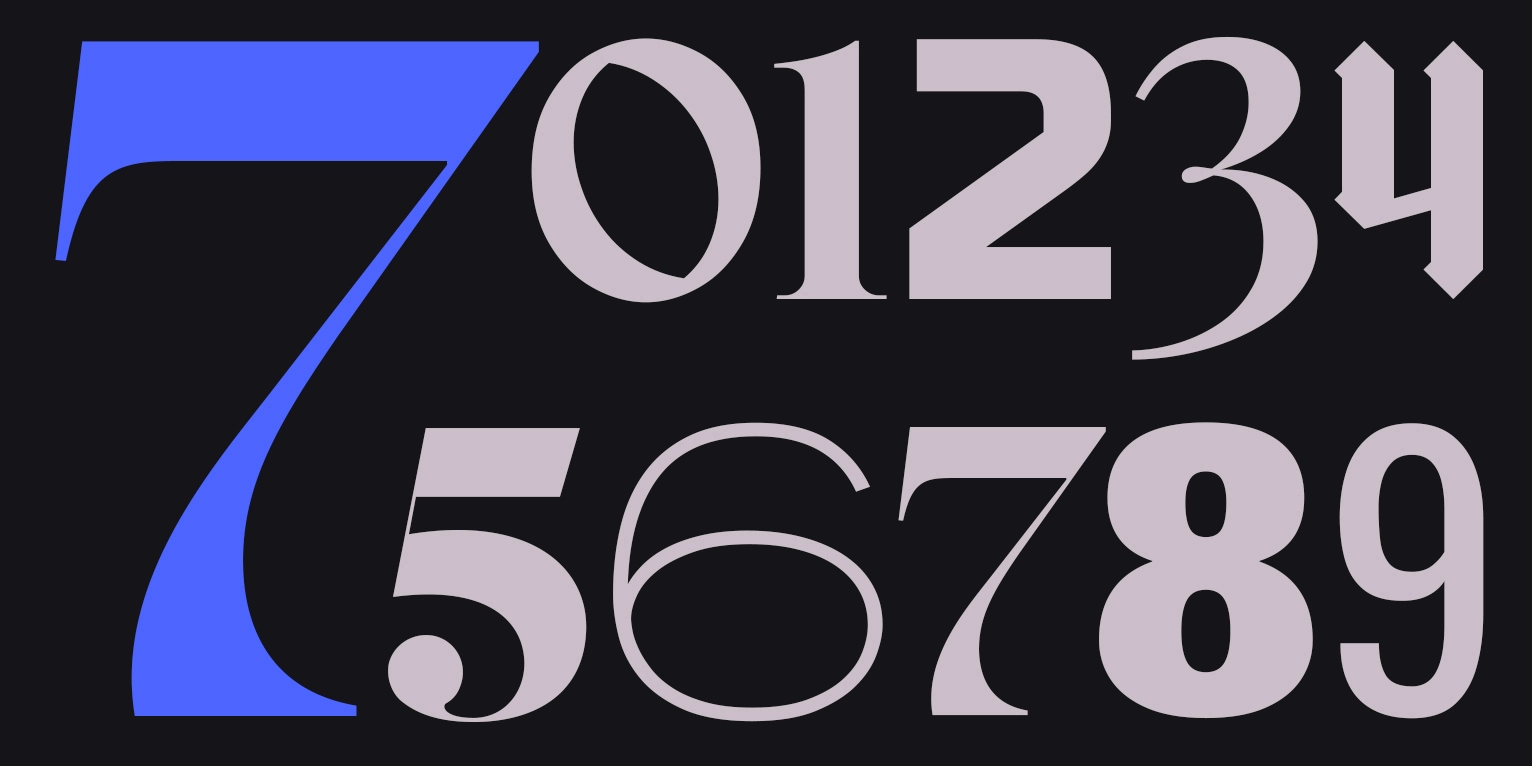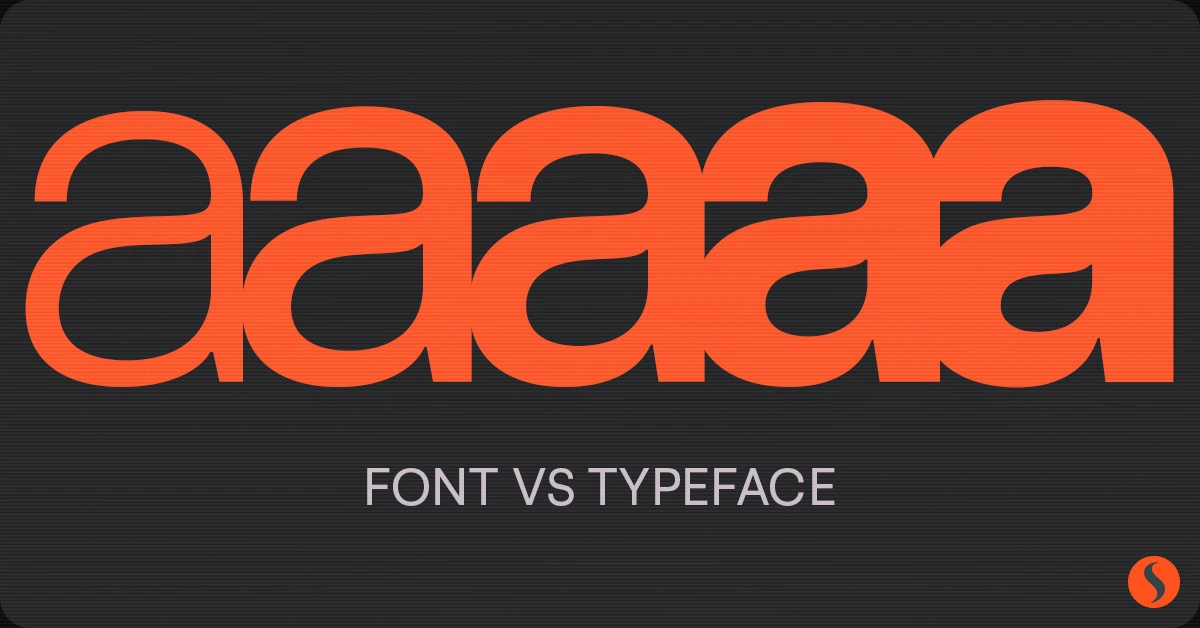Exploring the World of Number Fonts
A Journey Through Design and Digit Typography
In the realm of typography, number fonts hold a unique and often underappreciated place. Far from being mere numerical representations, these fonts encapsulate a wide range of styles and functionalities, playing a crucial role in everything from graphic design to data visualization. This article delves into the fascinating world of number fonts, exploring their history, variety, and the subtle nuances that make them an integral part of the typographic landscape.

Examples of how various numbers differ in various font styles.
The Historical Perspective
The story of number fonts is as old as typography itself. Early examples can be traced back to the invention of movable type by Johannes Gutenberg in the 15th century. Initially, numbers were often crafted to match the style of the accompanying text fonts, with a focus on readability and harmony. Over time, as typography evolved, number fonts began to acquire their distinct identities, influenced by cultural, technological, and artistic trends.
Types of Number Fonts
1) Serif Number Fonts: Known for their classic look, these fonts feature small lines or strokes at the ends of characters. Times New Roman and Garamond are typical examples, offering elegance and readability, particularly in print media.
2) Sans-serif Number Fonts: Sans-serif, meaning 'without serifs', offers a cleaner, more modern aesthetic. Helvetica and Arial are popular choices in this category, favored for their clarity and versatility in digital displays.
3) Monospaced Number Fonts: In these fonts, each character takes up the same amount of horizontal space. Courier is a notable example, commonly used in coding and tabular data where alignment is key.
4) Script and Decorative Number Fonts: These fonts are characterized by their ornate and distinctive styles. They are often used for special occasions and artistic projects to add flair and uniqueness.
Functionality and Application
The design of a number font is not merely an artistic endeavor but also a functional one. In contexts like sports jerseys, digital clocks, and financial reports, the clarity and legibility of numbers are paramount. Designers must consider factors like size, spacing, and contrast to ensure that numbers are easily discernible in their intended environment.
Innovations and Trends
The digital age has spurred numerous innovations in the field of number fonts. The advent of high-resolution screens and advanced printing technologies has allowed for more intricate and varied designs. Additionally, there's a growing trend towards creating fonts that cater to specific needs, such as dyslexia-friendly number fonts or fonts optimized for small screens.
Conclusion
The world of number fonts is a testament to the intersection of art and functionality in design. From the elegance of serif numbers to the straightforward simplicity of sans-serif digits, these fonts not only communicate quantitative information but also convey a sense of style and purpose. As we continue to navigate an increasingly digitized world, the role of number fonts will undoubtedly evolve, offering new challenges and opportunities for typographers and designers alike.




